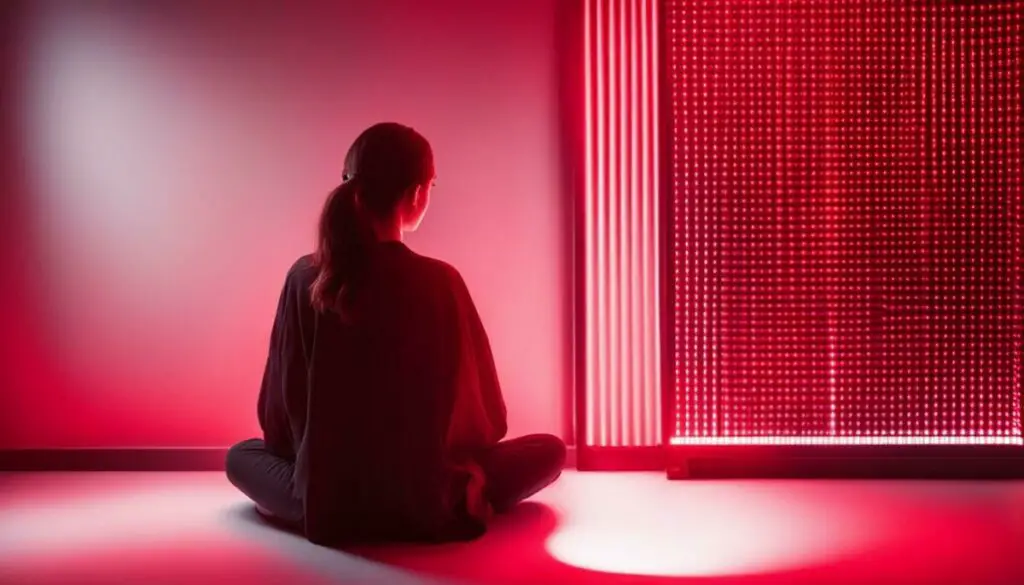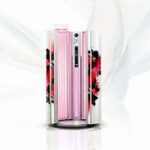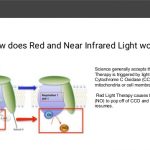Last Updated on 1 year by Francis
Infrared light therapy is a non-invasive and drug-free technique commonly used to promote hair growth and reduce hair loss. This therapy works by stimulating the blood circulation and metabolism of hair follicles, resulting in better nutrient delivery to hair roots and an increase in hair growth. In this article, we will delve deeper into the benefits of infrared light therapy for hair loss and how it works.
Contents
Understanding Hair Loss
Hair loss is a common problem that affects millions of people worldwide. It can be caused by various factors, including genetics, hormonal changes, stress, poor nutrition, and medical conditions. While hair loss is not a life-threatening condition, it can have a significant impact on one’s self-esteem and quality of life.
Types of Hair Loss
There are many types of hair loss, including:
- Androgenetic alopecia: the most common form of hair loss, affecting both men and women. It is caused by genetics and hormonal changes.
- Alopecia areata: an autoimmune disorder that causes patchy hair loss.
- Telogen effluvium: hair loss caused by stress, illness, or medication.
- Traction alopecia: hair loss caused by hairstyles that pull the hair tight, such as braids, ponytails, or weaves.
Traditional Hair Loss Treatments
Many traditional hair loss treatments exist, including medications, hair transplants, and topical treatments. However, these treatments can be expensive, invasive, and often come with side effects.
One key takeaway from this comprehensive guide on infrared light therapy for hair loss is that it is a non-invasive, safe, and effective treatment that stimulates cellular activity and promotes hair growth by increasing blood flow to the hair follicles and reducing inflammation. Infrared light therapy can be used in-office or at home, and can be combined with other treatments for increased effectiveness. It is important to be consistent, patient, and consult with a professional before starting any new treatment.
Medications
Medications such as minoxidil and finasteride are commonly used to treat hair loss. However, they come with side effects such as scalp irritation, itching, and sexual dysfunction.
Hair Transplants
Hair transplants involve taking hair from one area of the scalp and transplanting it to the balding areas. This procedure is expensive, invasive, and can leave scars.
Topical Treatments
Topical treatments such as shampoos, conditioners, and serums may help slow down hair loss, but they do not promote hair growth.
Infrared Light Therapy for Hair Loss
Infrared light therapy is a non-invasive treatment that uses specific wavelengths of light to stimulate cellular activity and promote healing. It has been used for decades to treat a variety of conditions, including pain, inflammation, and skin conditions. In recent years, infrared light therapy has gained popularity as a treatment for hair loss.
Infrared light therapy is a safe and effective non-invasive treatment for hair loss that stimulates cellular activity and promotes healing. It increases blood flow to the hair follicles and reduces inflammation, contributing to hair growth. Infrared light therapy can be used in-office or with at-home devices, and can be combined with other hair loss treatments. To see significant results, infrared light therapy requires consistent use over several months. It is recommended to consult with a healthcare professional or hair loss specialist before starting any new treatment.
How It Works
Infrared light therapy works by penetrating the scalp’s tissues and stimulating cellular activity. It increases blood flow to the hair follicles, which can promote hair growth. Infrared light therapy also helps to reduce inflammation, which can contribute to hair loss.
Benefits of Infrared Light Therapy for Hair Loss
- Non-invasive: Infrared light therapy is a non-invasive treatment that does not require surgery or medication.
- Safe: Infrared light therapy is safe and does not come with any significant side effects.
- Effective: Many studies have shown that infrared light therapy can help promote hair growth and reduce hair loss.
Using Infrared Light Therapy for Hair Loss
Infrared light therapy can be used in various ways to treat hair loss.
Infrared light therapy is a non-invasive treatment for hair loss that uses specific wavelengths of light to stimulate cellular activity and promote healing. It increases blood flow to the hair follicles, promotes hair growth, and reduces inflammation. Infrared light therapy is safe, effective, and has no significant side effects. It can be used as an in-office treatment or at home, and can be combined with other treatments for better efficacy. To see significant results, it is essential to follow the recommended treatment plan and be patient. It is advisable to consult with a healthcare professional or hair loss specialist before starting any new treatment.
In-Office Treatments
In-office treatments involve going to a clinic or salon that offers infrared light therapy for hair loss. The treatment typically involves sitting under a special lamp or helmet that emits infrared light.
At-Home Devices
At-home devices such as handheld infrared light therapy devices and infrared heating caps are available for purchase. These devices are convenient and allow for more frequent treatments.
Combining Infrared Light Therapy with Other Treatments
Infrared light therapy can be used in combination with other hair loss treatments such as medications and topical treatments. Combining treatments may increase the effectiveness of the treatment.
Studies on Infrared Light Therapy for Hair Loss
Many studies have investigated the effectiveness of infrared light therapy for hair loss. A 2014 study published in the Journal of Cosmetic and Laser Therapy found that low-level laser therapy, which uses infrared light, was effective in promoting hair growth in men with androgenetic alopecia. Another study published in the International Journal of Cosmetic Science in 2018 found that a combination of red and near-infrared light therapy improved hair density and thickness in women with androgenetic alopecia.
Tips for Using Infrared Light Therapy for Hair Loss
- Be consistent: Infrared light therapy requires consistent use to be effective. Follow the recommended treatment plan and stick to it.
- Follow the instructions: Whether you are using an in-office treatment or an at-home device, be sure to follow the instructions carefully.
- Be patient: Infrared light therapy takes time to work. It may take several months before you see any significant results.
- Consult with a professional: Consult with your healthcare provider or a hair loss specialist before starting any new treatment. They can help you determine if infrared light therapy is the right treatment for you.
FAQs – Infrared Light Therapy Good for Hair Loss
What is infrared light therapy?
Infrared light therapy, also known as low-level light therapy, is a treatment that uses wavelengths of light to stimulate and repair cells within the body. This therapy works by using an infrared light-emitting device to direct specific wavelengths of light onto regions of the scalp to treat hair loss.
How does infrared light therapy help with hair loss?
Infrared light therapy for hair loss works by penetrating the scalp with light. The energy from this therapy stimulates the hair follicles, increases blood flow to the scalp, and promotes the growth of thicker, healthier hair. By using infrared light therapy, cells are repaired, inflammation is reduced and nutrients can be better delivered to the hair follicles leading to the improvement of hair regrowth.
Is infrared light therapy effective for hair loss?
Studies have shown that infrared light therapy can be an effective treatment for hair loss. A clinical study conducted showed that users who used low-level light therapy saw a 51% increase in hair thickness within 17 weeks. Additionally, other studies have found that infrared light therapy may increase the number of hair follicles, hair shaft size, hair density, and hair growth when used as an adjuvant for hair restoration medications.
Are there any side-effects of infrared light therapy?
Infrared light therapy is generally regarded as very safe and has minimal side effects. Most patients experience no pain or discomfort during the treatment. In rare cases, some patients may experience mild headaches, mild nausea, or mild dizziness. However, these symptoms are temporary and should not cause any long-term discomfort or complications.
How often should I undergo infrared light therapy for hair loss?
The frequency of infrared light therapy for hair loss depends on the individual needs of each person. Typically, users will undergo infrared light therapy two to three times a week for several months. However, some users may benefit from daily treatments, while others may only need treatment once a week. It’s important to speak with your physician, who will help establish a safe and effective treatment plan tailored to your specific needs.
Can infrared light therapy be used with other hair loss treatments?
Yes, infrared light therapy can be used in conjunction with other hair loss treatments. In fact, many people find that combining therapies, such as medication and infrared light therapy, can produce better results than using only one treatment. While each person’s needs are unique, it’s a good idea to work with your physician to find a treatment regimen that provides maximum benefits.


.jpg)




